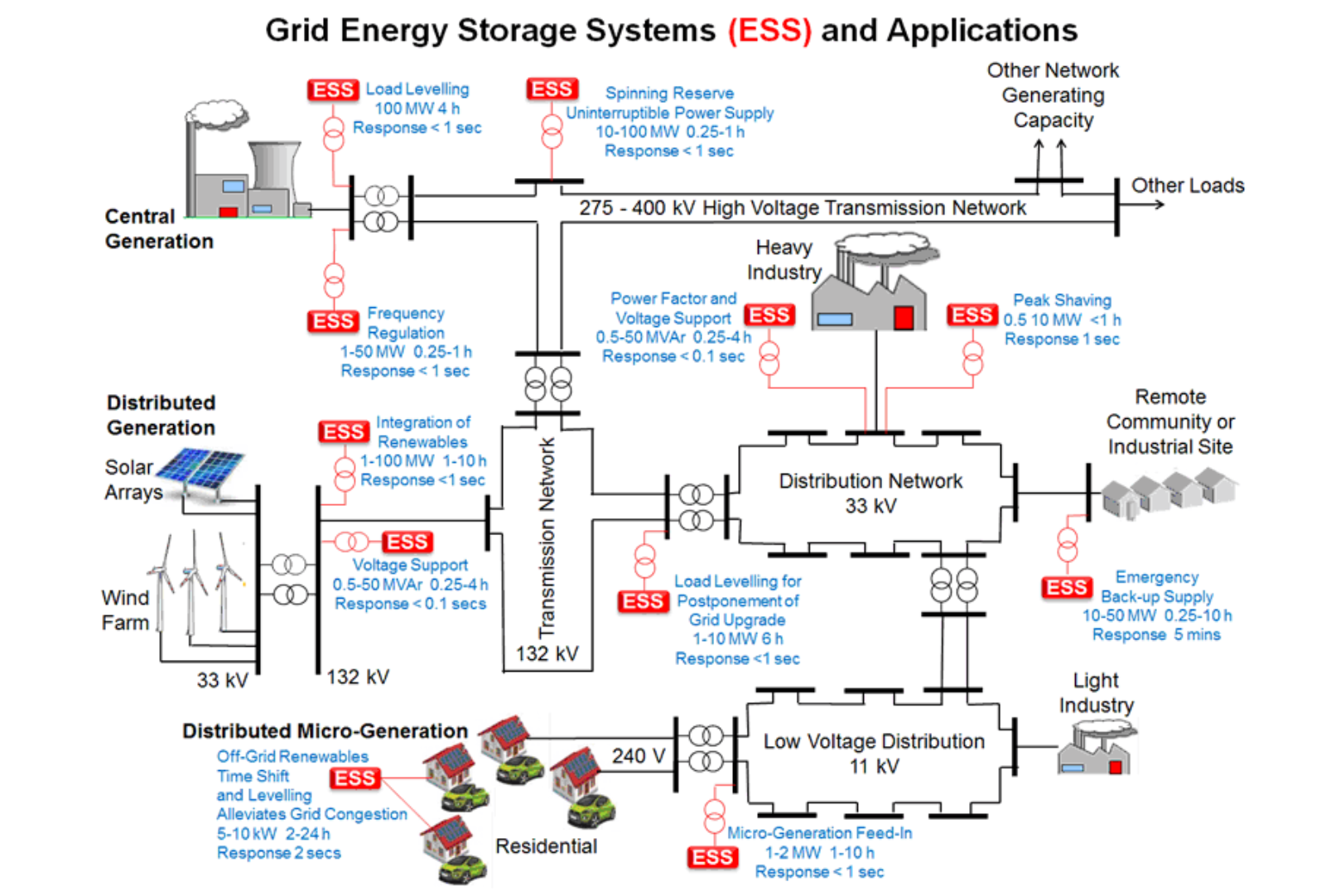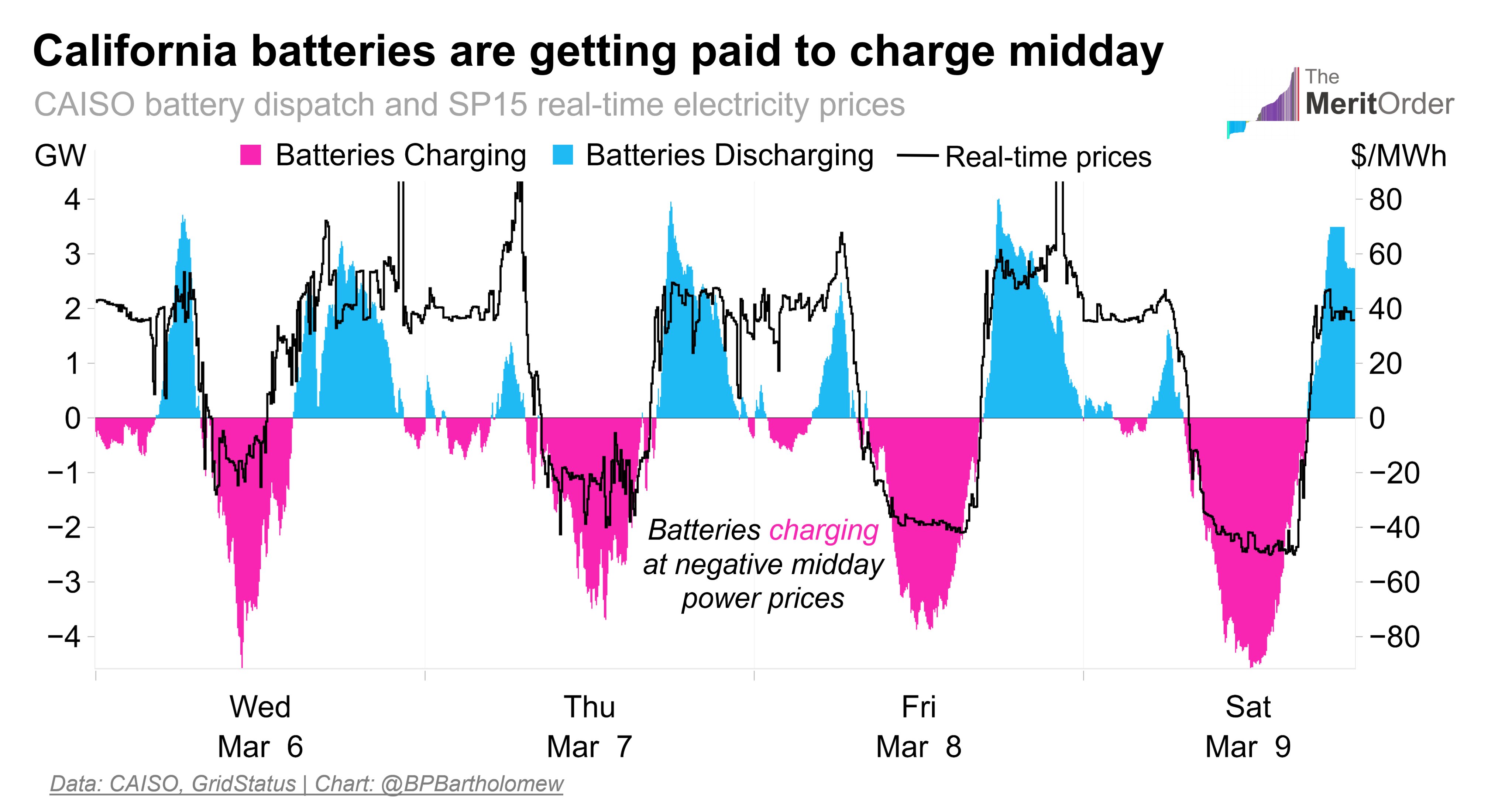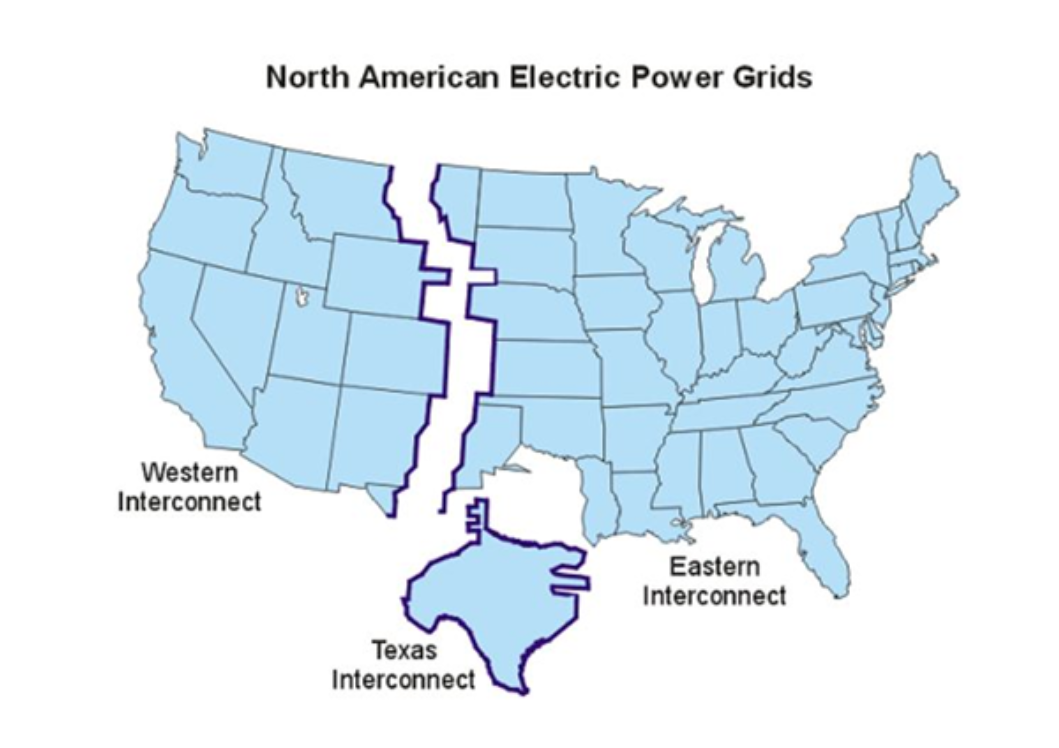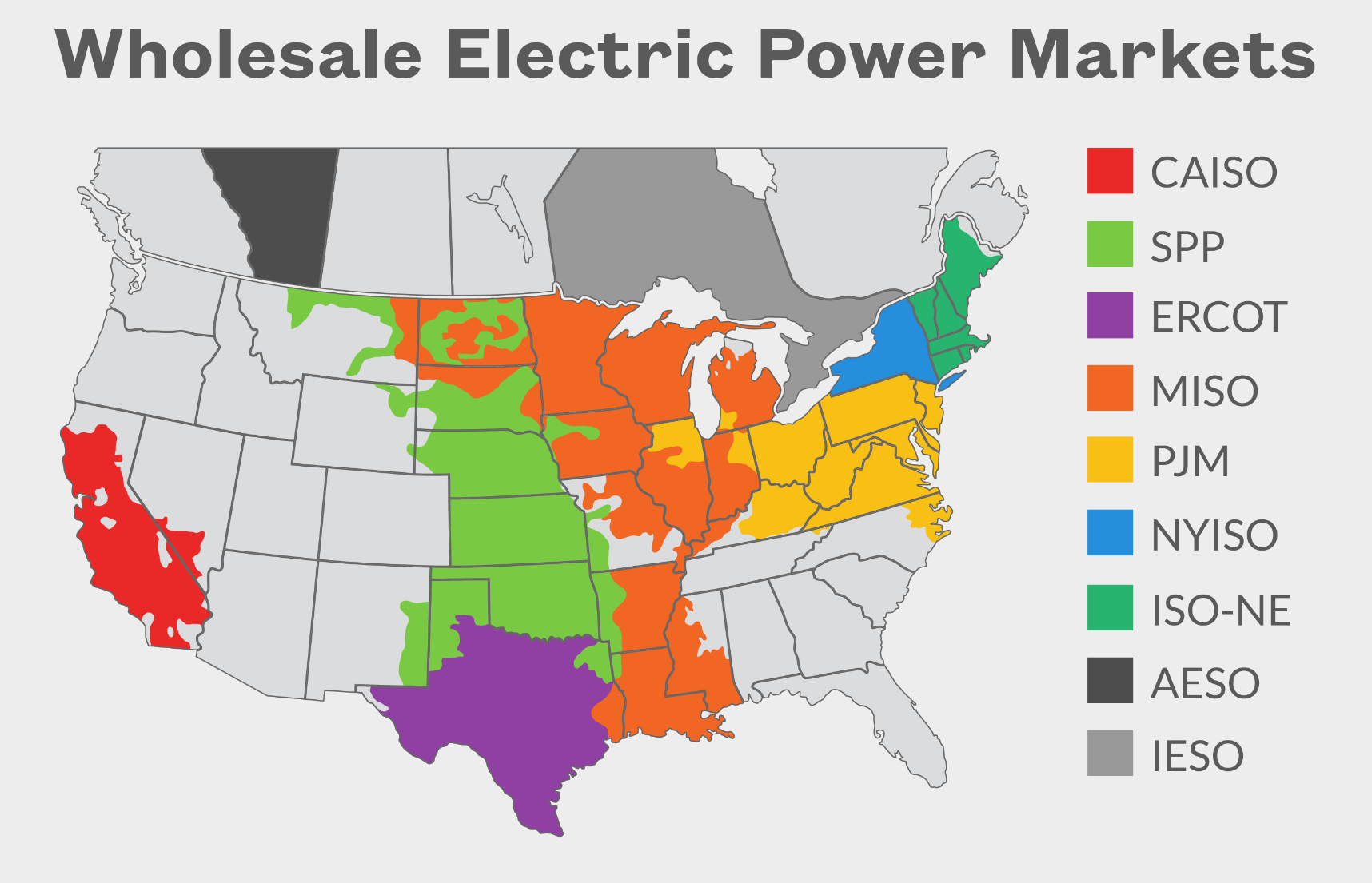ECON 366: Energy Economics
Topic 3.1: Electricity Basics
Andrew Leach, Professor of Economics and Law
Electricity Basics
At the end of this section, you should feel comfortable answering all of these questions:
- What are the main sectors of the electricity industry?
- What do we mean by peak loads?
- What's a merit order?
- What is the difference between energy and capacity?
You should also feel (more) comfortable with (some) electricity units:
- kW, kWh, MW, MWh, volts, watts, amp, Hz
Why should you care about electricity?
- Price volatility:
- Electricity prices are an order of magnitude more volatile than oil or gas prices
- Both supply and demand in Alberta affect us more than global or regional supplies and demands in oil and gas markets
- New technology:
- Electricity is, arguably, changing faster than any other energy market
- Alberta's electricity market is entering a period of market- and regulatory-driven transition
- Economics 101 in action
- Nowhere else will you see supply and demand curves actually mapped out in real time determining prices as clearly as in Alberta's power market
Why should you care about electricity?
- Application of other concepts you learned in 101, 102, 281, etc.
- regulation of natural monopolies
- collusion and oligopoly
- externalities
- capture theory
Volatility
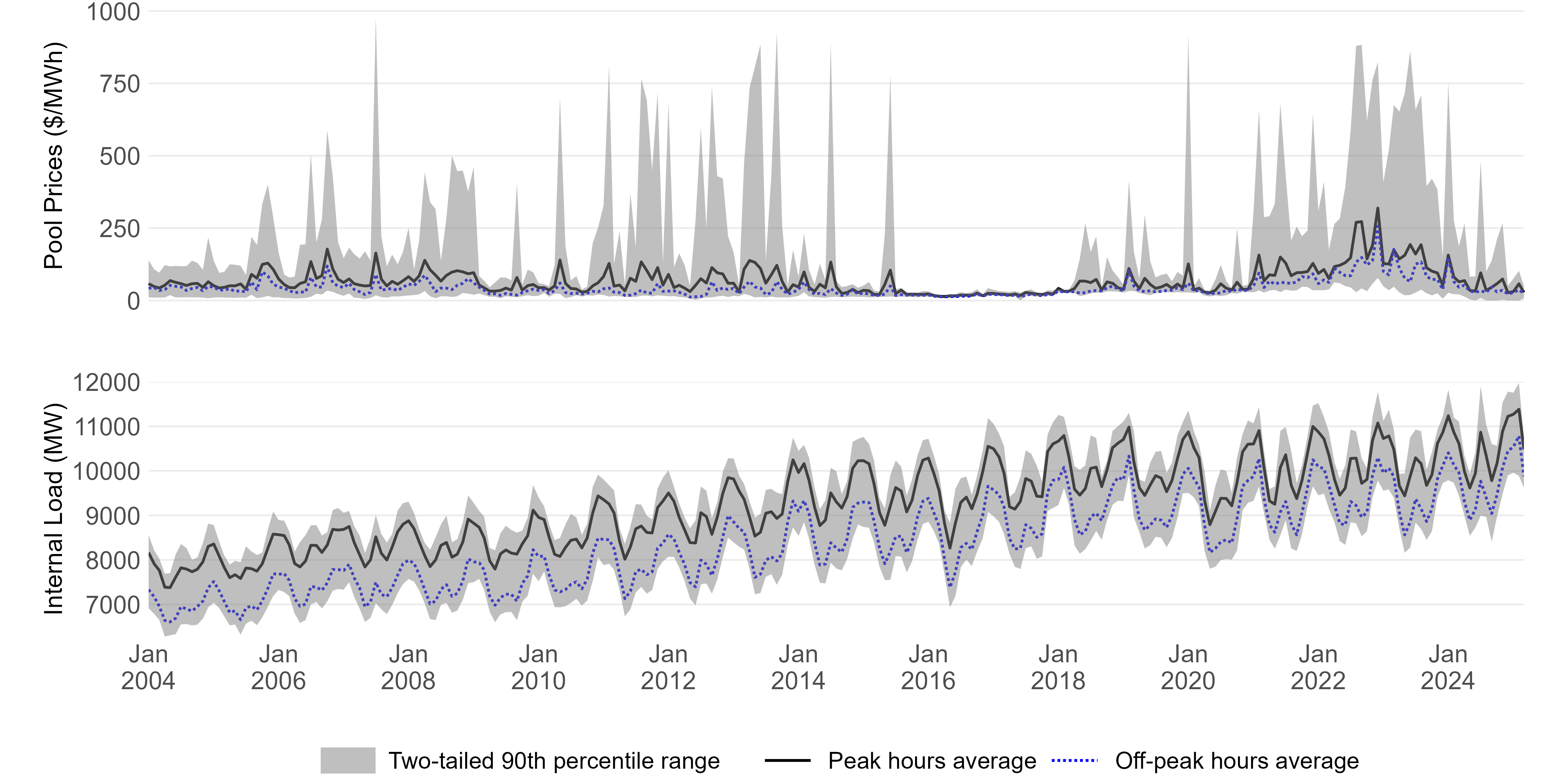
Economic Policies
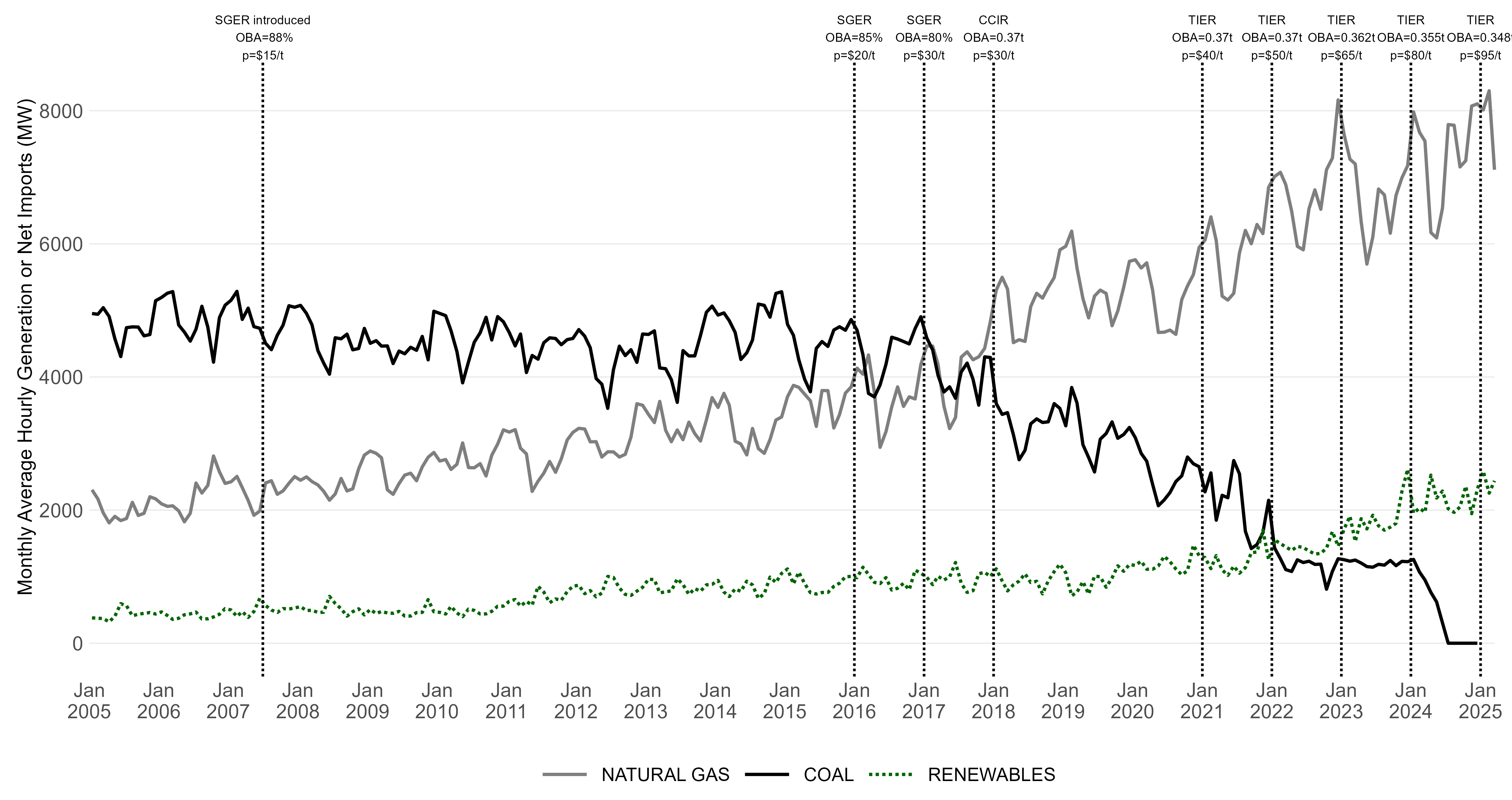
New Technology
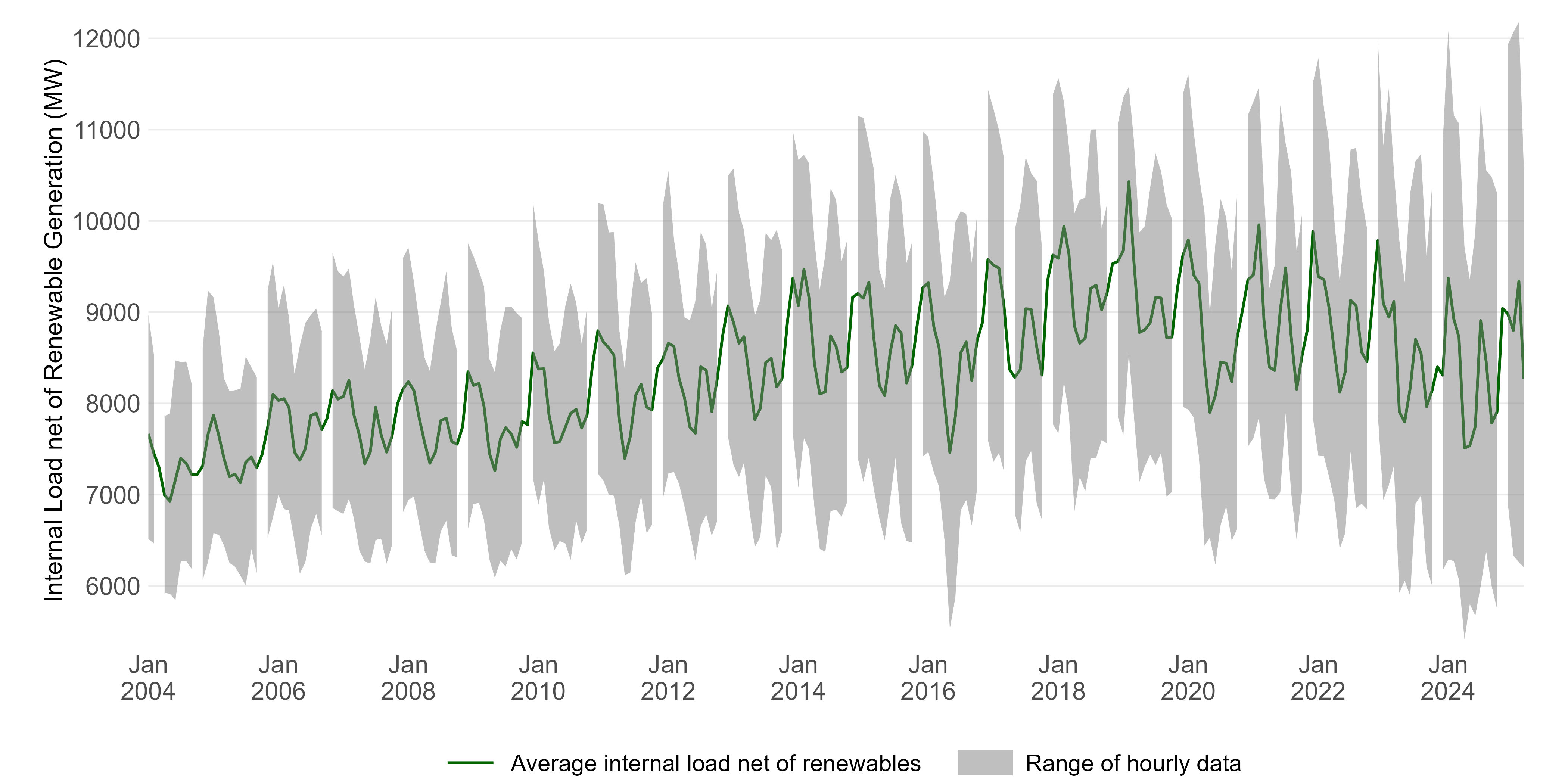
Econ 101 in Action!
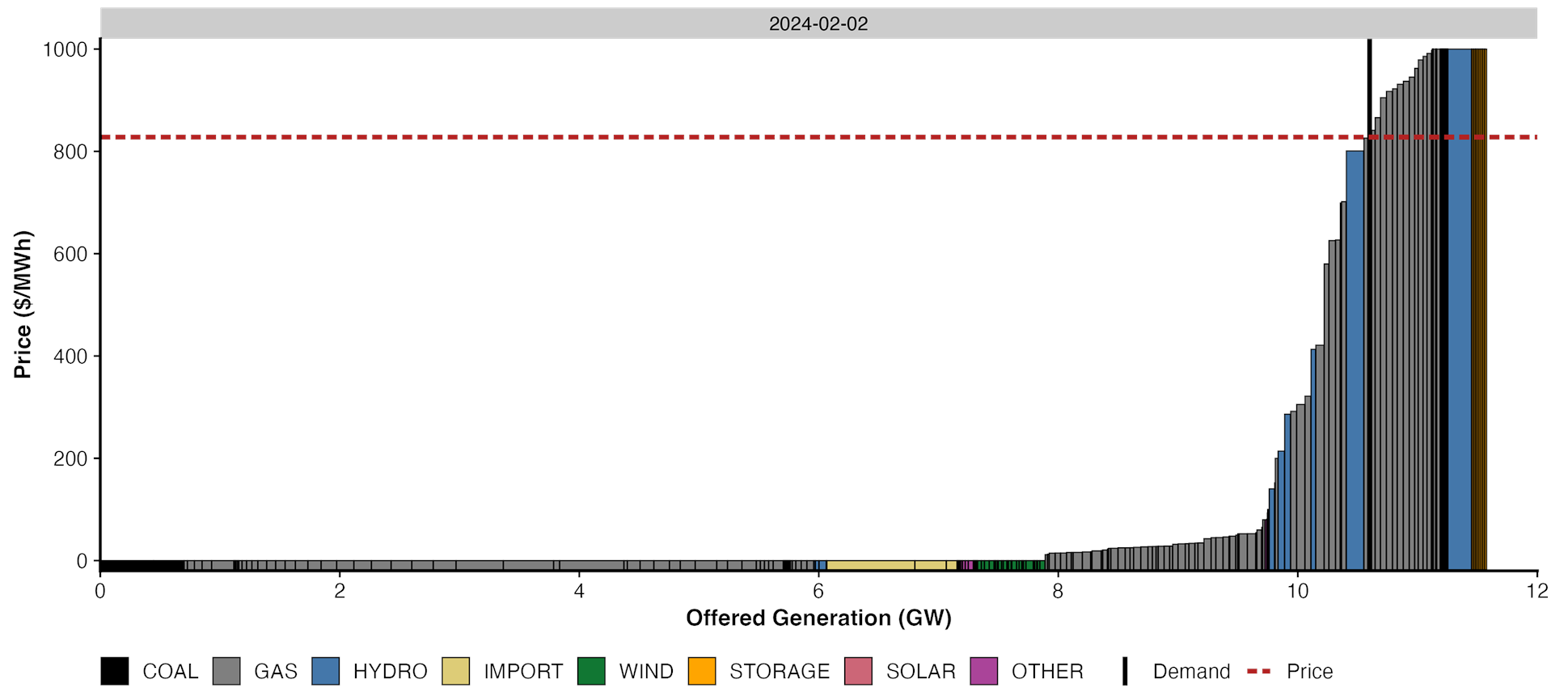
Market Participants
- Generation
- Transmission
- Distribution
- Ancillary Services
- Load (users)
- Storage
- Microgeneration
Market Regulation in Alberta
- Generation is a competitive market
- Transmission is regulated on a cost-of-service basis
- Distribution (local wires) is regulated through performance-based regulation
- Ancillary Services is a competitive market
- Load (i.e. customers) may contract for electricity supply (i.e. retail is competitive)
- Storage (Still a lot TBD, but depends on the sector in which it's built)
- Microgeneration (free market for self-supply)
Energy units - electricity
- Watts: measure of capacity (instantaneous production, installed capacity, or instantaneous demand)
- Alberta system demand or internal load: e.g. 10,700 MW (megawatts or million watts)
- Capital Power's Genessee 3 power plant has a nameplate capacity of 450 MW
- Watt hours: measure of energy (production or demand during a given period of time; i.e. flow through)
- Production over a day, week, month, year
- A 7.5W LED bulb on all day (24hr) uses 180Wh of electricity (.18kWh)
- Volts: measure of the electrical potential or the ability to convert charge to power (Watts=amps x volts)
- Transmission lines: 150-765 kV
- Distribution lines: 13,800 Volts
- Household wiring: 120-240 (110/220) Volts
Usage in my house
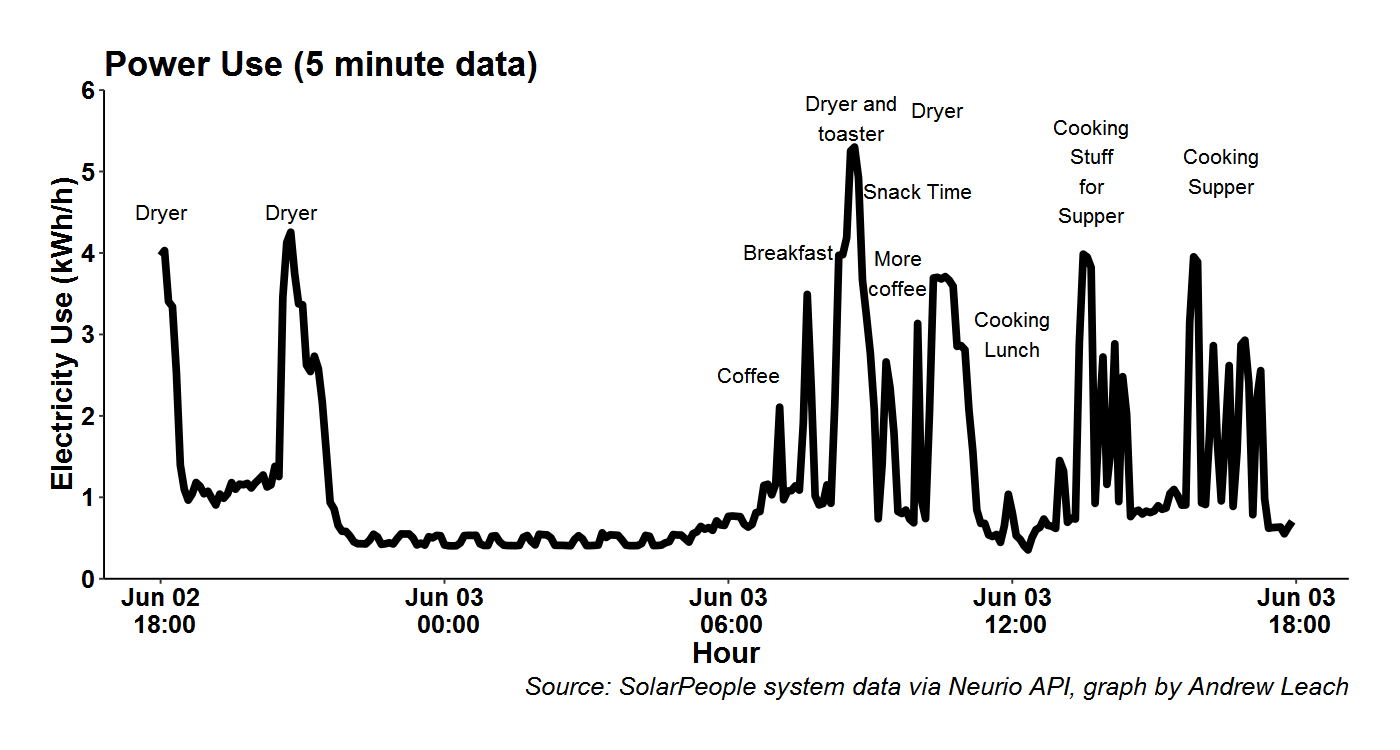
Energy Prices
- Electricity prices: expressed in power delivered over time
- Cents/kilowatt-hour (c/kWh)
- Dollars per megawatt-hour ($/MWh)
- Levelized costs of electricity (supply costs) in $/MWh
- Capacity costs are expressed in a cost per megawatt or cost of capacity
- Genessee 3 cost approximately $1.5 million/MW or $1.50 per watt to build
- Solar panel prices have declined to now lie under $1/W of capacity
- Balance of system costs imply that a solar system costs $2-3/W of installed capacity
- Other prices matter for electricity markets as well
- Renewable energy credits (usually prices in $/MWh)
- Emissions credits or permits ($/tonne)
- Capacity payments ($/MW)
- GHG or other emissions permits or credits ($/tonne)
Electricity Sector: Regulatory characteristics
- Rate-regulated or or state-owned utilities
- EPCOR (legacy) or BC Hydro
- PG & E in California
- Competitive markets
- Energy only markets: ERCOT and Alberta
- Energy and capacity markets: MISO, PJM
- Real-time vs day-ahead prices: PJM and others have day-ahead market and then a real-time differences market
- Many other design characteristic differences between restructured or competitive markets
Alberta Wholesale Energy Market Design (for now)
- Energy-only market (single price, $/MWh)
- Real time, spot pricing, no day-ahead market
- Single node
- Capacity market was contemplated, but not pursued
Ancillary services:
- separate, competitive market for operating reserves, transmission-must-run, load-shed and black start
Alberta Restructured Electricty Market (2026/7)
- Energy-only market (single price, $/MWh)
- Real time, spot pricing, no day-ahead market
- Nodal pricing
- Still no capacity market!
Ancillary services:
- linked competitive market for ramping products and energy
- separate, competitive market for operating reserves, transmission-must-run, load-shed and black start
Alberta Transmission
- Regulated monopoly within a service area
- Congestion free (no nodal pricing) across the province
- No transmission rights
- Paid for (mostly) by load (consumers)
Nodal Pricing Example ( Source: CAISO)
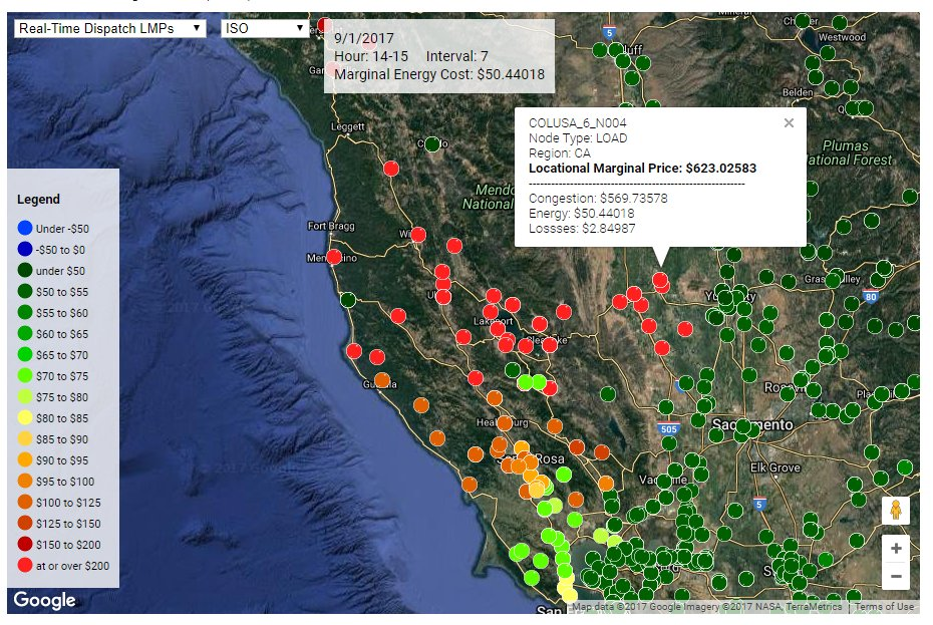
The Alberta Wholesale Market Now
- Suppliers place offers of power at particular price
- Generators must offer, must supply
- Demand-side bids placed for power with a maximum price
- Supply offers are sorted from low to high
- Demand offers are sorted from high to low
- Marginal price is set at the price which equates supply and demand - economics 101 at work!
- Import and renewable supply is bid-in at $0, but everyone receives the market price
- Export demand is bid-in at $999, so they do not set the price directly but pay the marginal price
- Renewables default offer at zero
- Consumer default bid allows AESO to go up merit order to meet observed demand
The Restructured Electricity Market in Alberta
- Offer cap increased to $1,500 MWh in 2027, and to $2,000/MWh in 2032
- Prices will be allowed to increase as high as $3,000/MWh in times of shortfall.
- Prices as low as -$100/MWh allowed in 2032.
- Nodal prices!
Econ 101 in Action!

Econ 101 in Action!
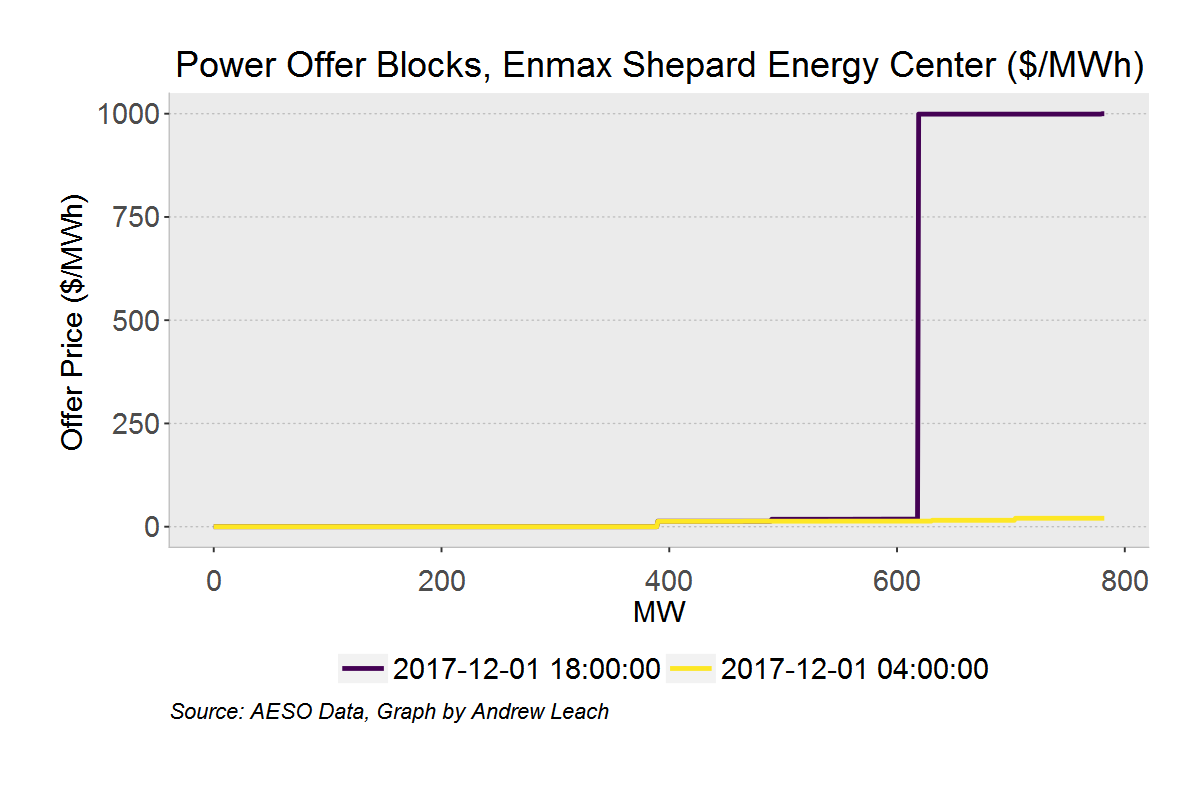
Equilibrium Supply
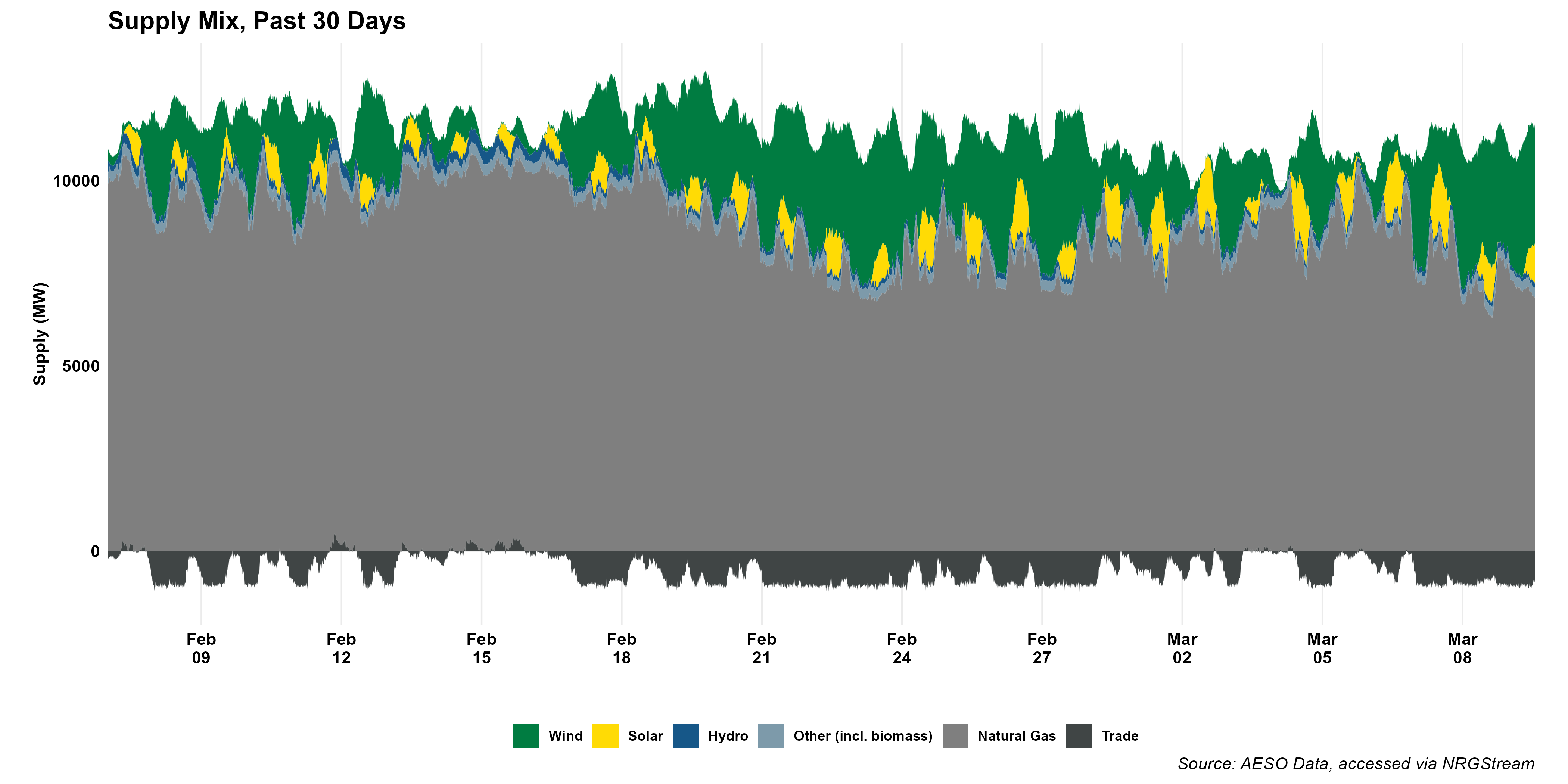
Equilibrium Supply
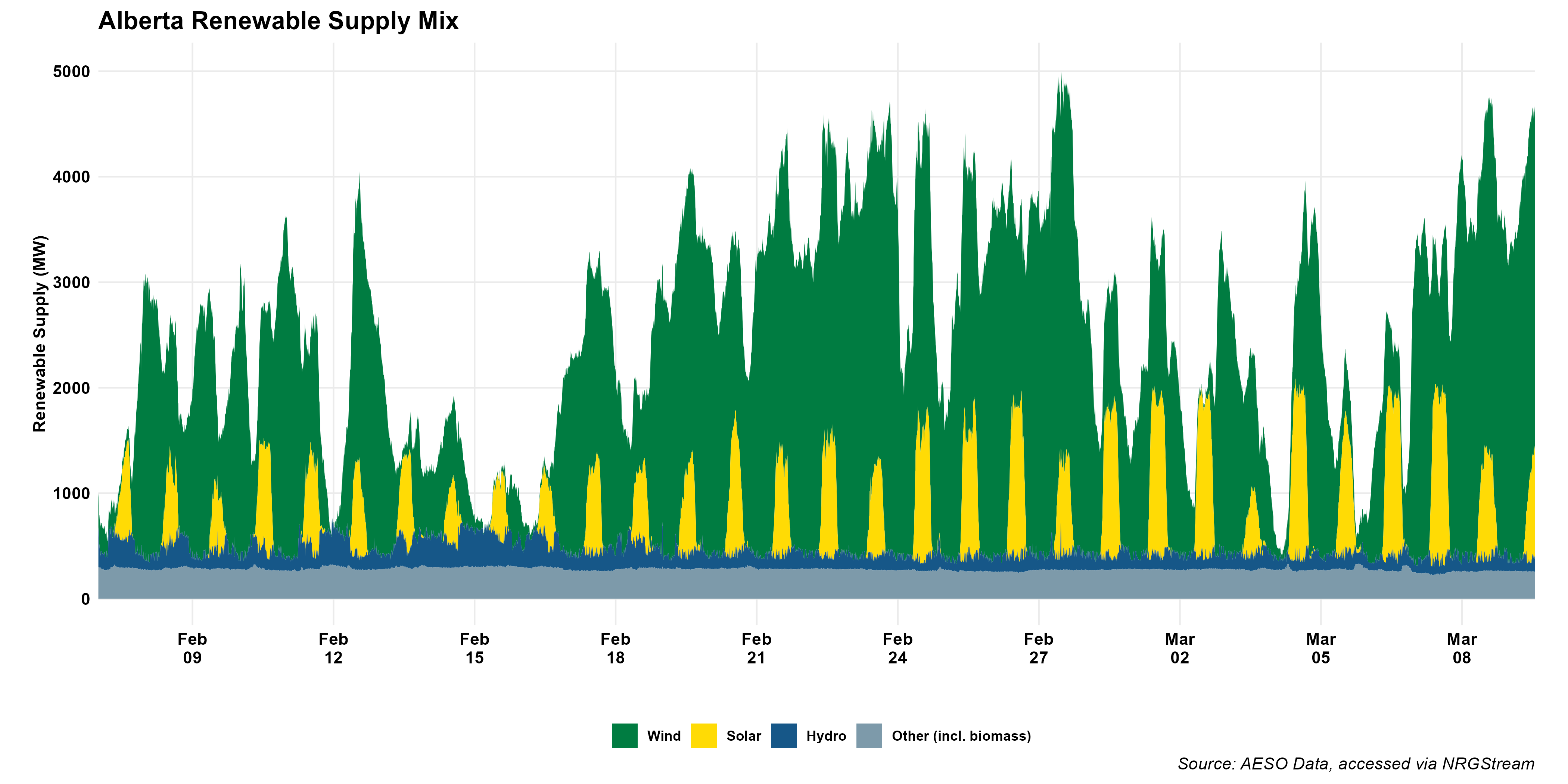
Equilibrium Supply

Demand side of the market
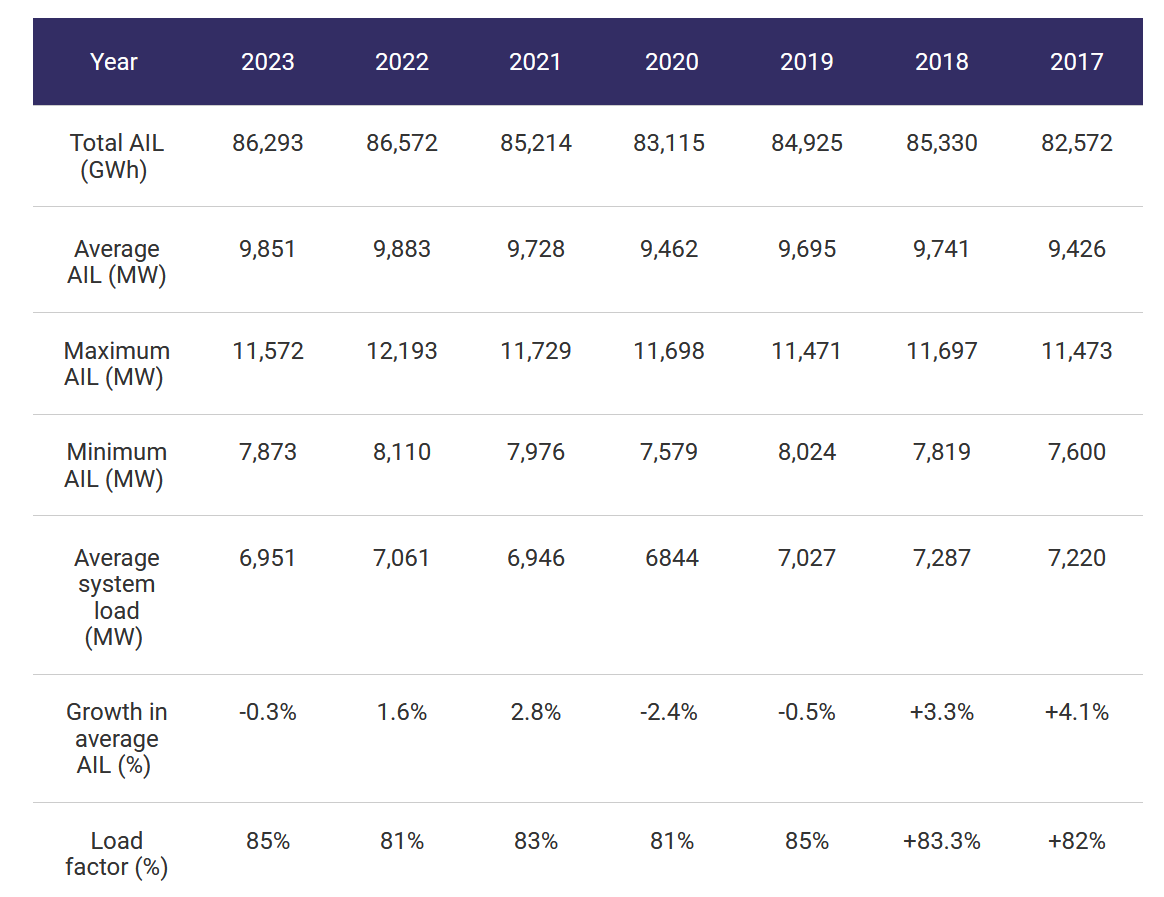
Demand side of the market
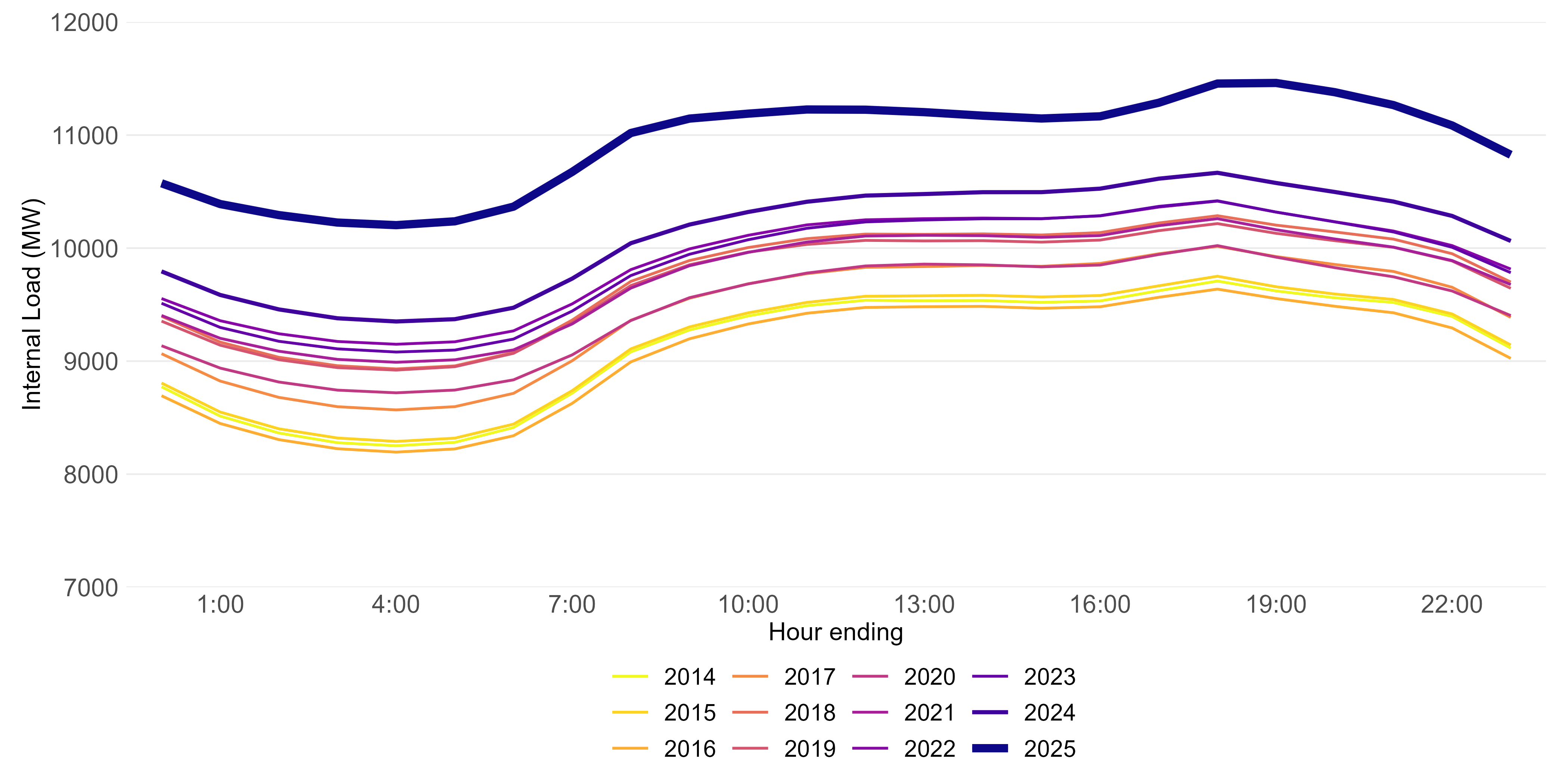
Demand side of the market
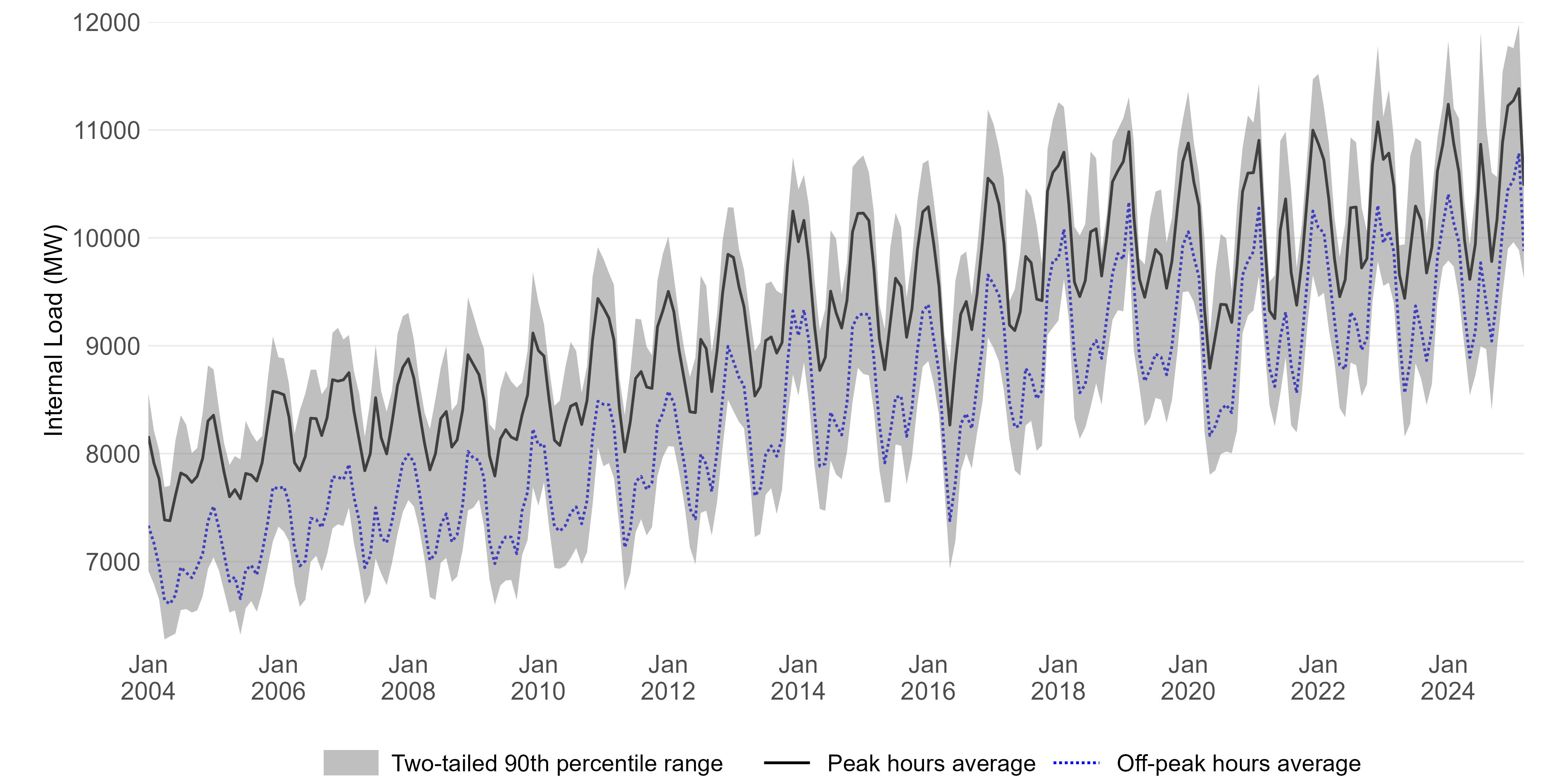
Equilibrium Prices
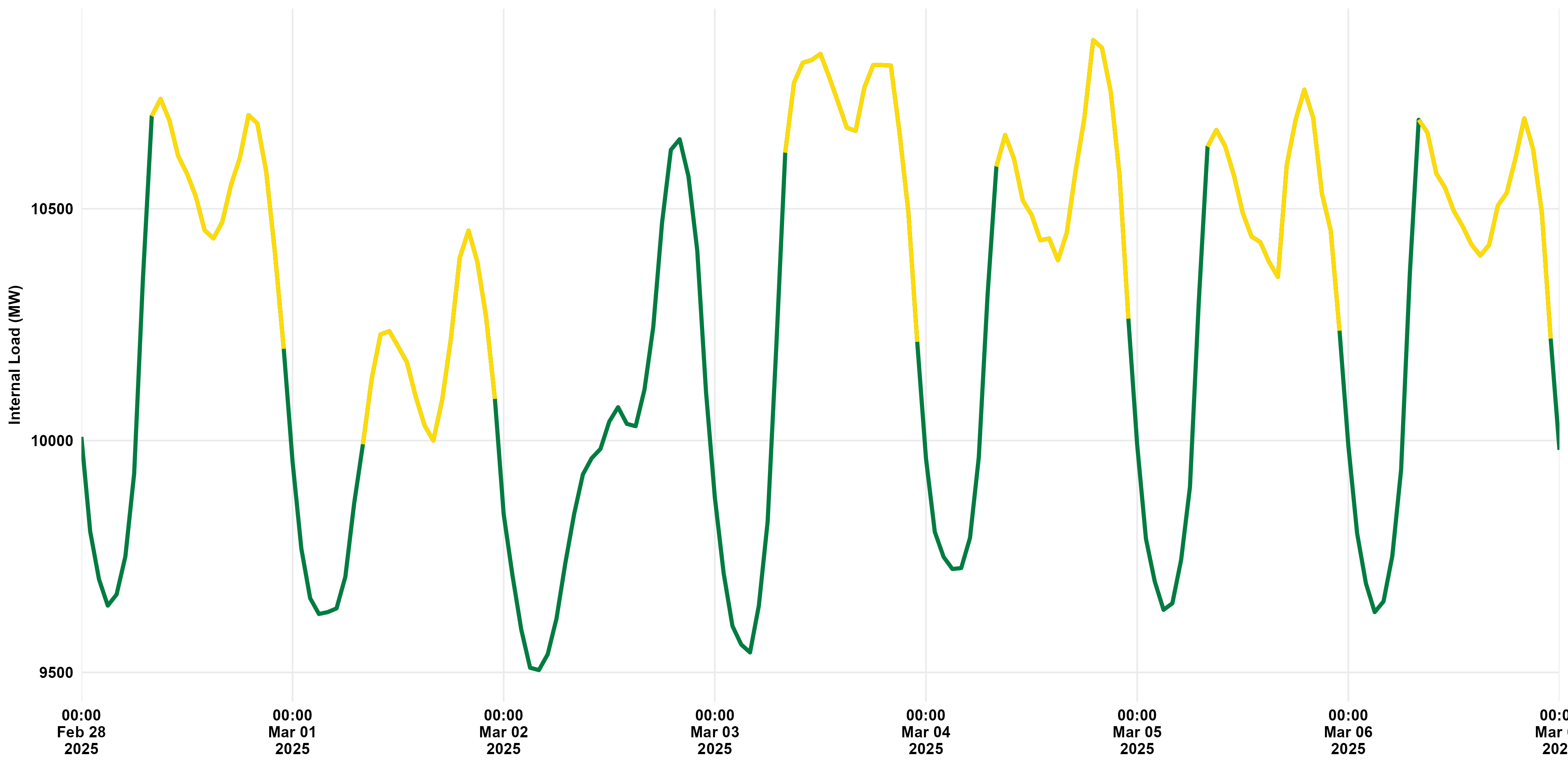
Equilibrium Prices
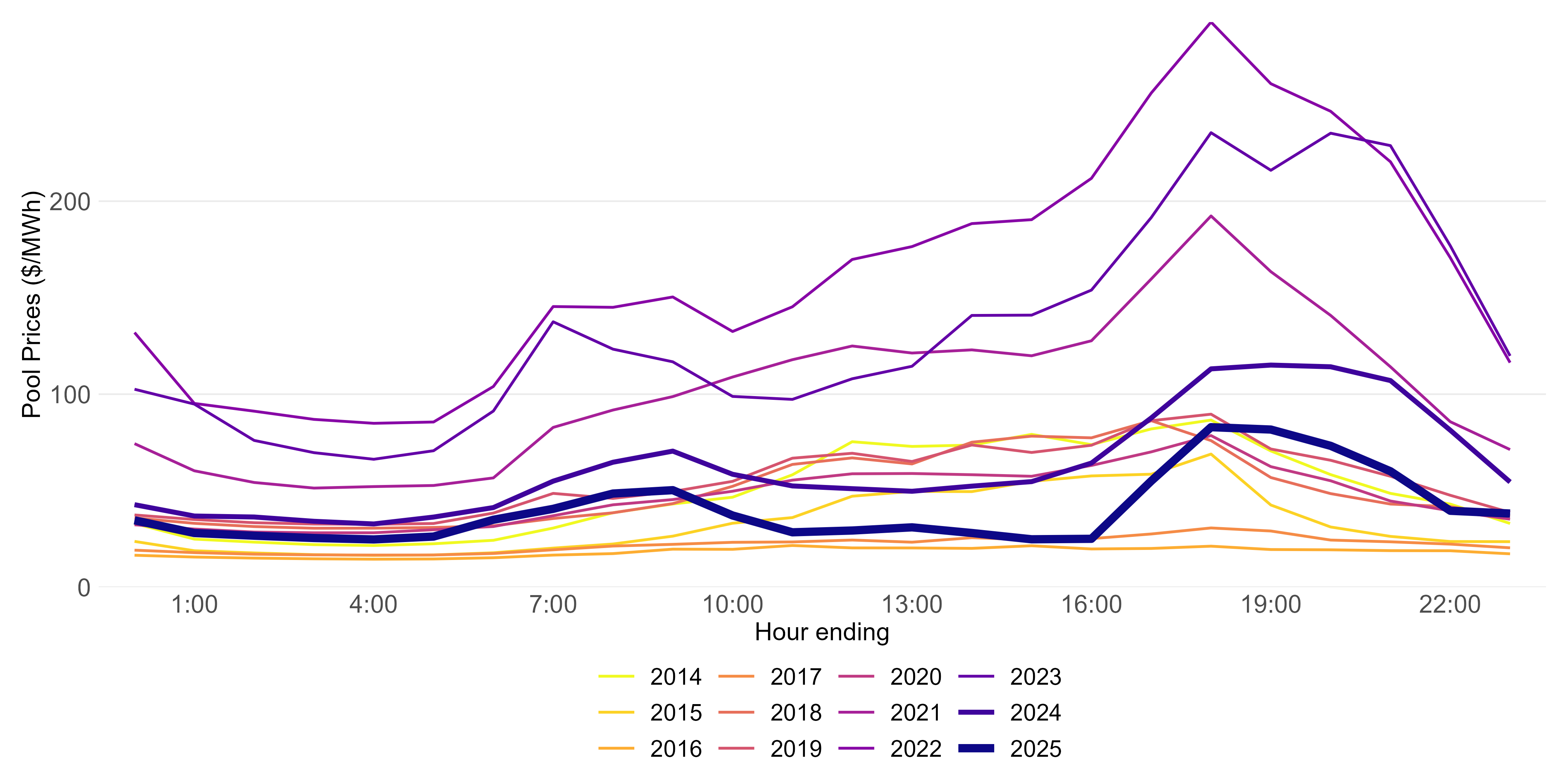
What is considered on-peak, off-peak? What's a super peak?
The AESO uses four different time blocks: on-peak, off-peak, AM super peak, and PM super peak
Time definitions generally use hour ending, e.g. 5 p.m. to 6 p.m. is HE18 (HE=hour ending 18:00)
The four different time blocks are:
- On-peak: HE 8-23
- Off-peak: HE 1-7 and HE 24
- AM super peak: HE 6-8
- PM super peak: HE 17-24 in November, December and January and HE 18-24 in all other months
AESO uses these 7 days of the week. My graphs count Sundays and holidays as off-peak.
Up Next
- generation mix here and elsewhere in Canada
- plant costs
- plant revenues
- levelized cost of electricity (equiv. supply costs)
- challenges of renewable integration
- market power and market power mitigation (see here)
- distribution and transmission regulation
- government policies (GHG and renewable procurement)
